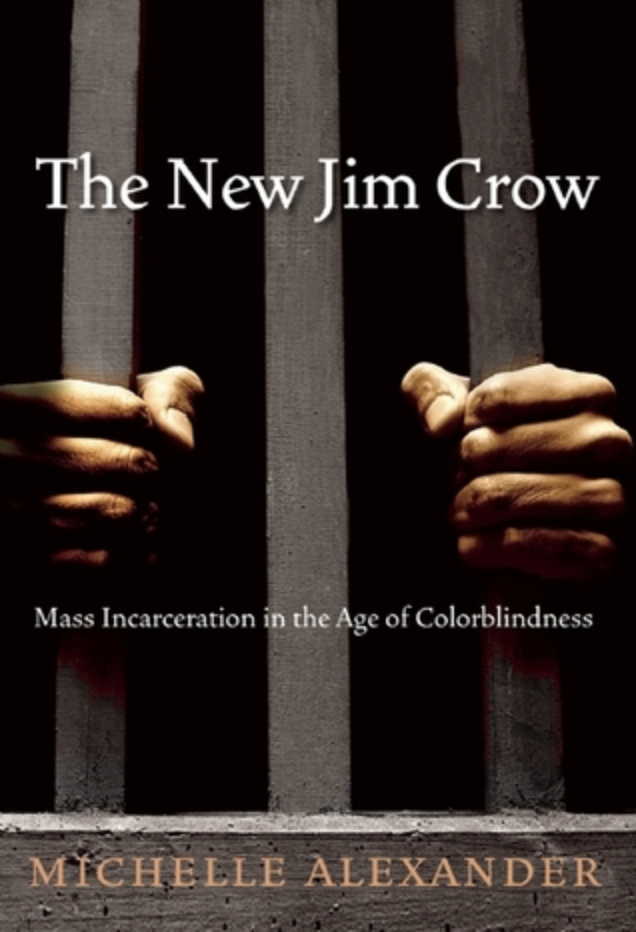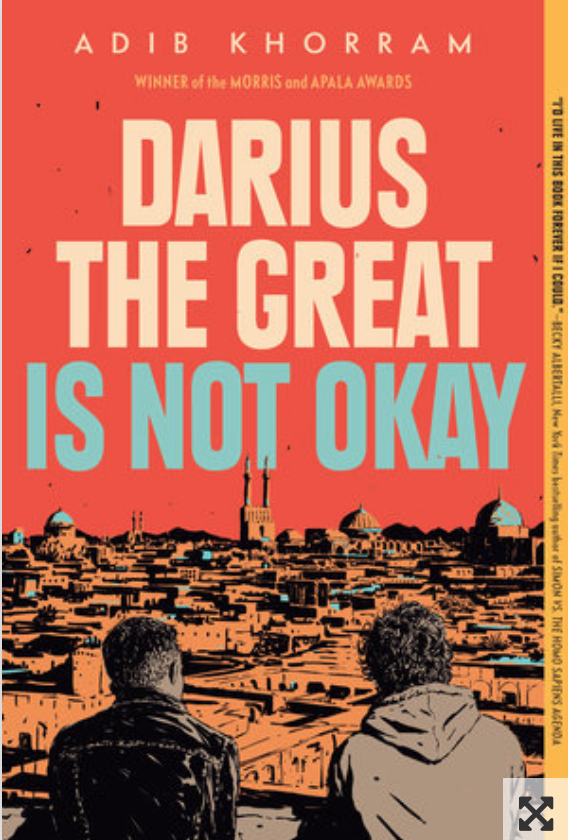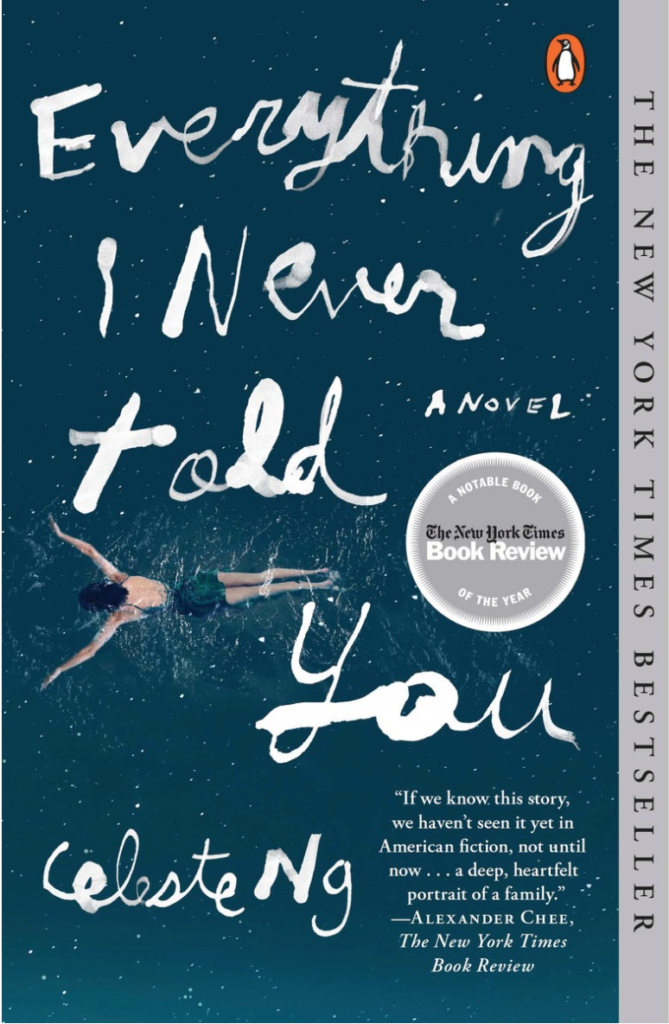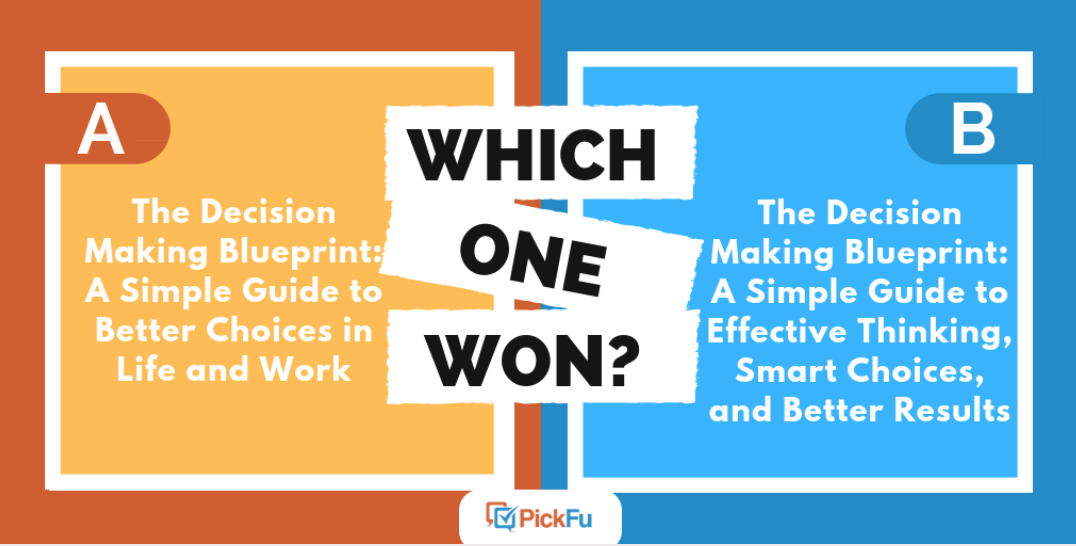Here’s a secret many writers don’t know before they get published: your book title might change after you sign a contract with a publisher. Depending on the publisher, you may or may not have a say in the final title. So don’t get attached to the working title!
That flowery, literary title you adore might get changed if your publisher’s marketing team doesn’t think it’ll sell the book. And if you’re self-publishing, you might think you can keep whatever title you love. But remember: your title has one job — to get people to read the book.
Here’s how to write a book title that’ll sell.
How important is a book title?
A book title is your potential reader’s first impression of your book. It can be the deciding factor in whether they read the blurb and add the book to their must-read list.
Book covers are also important, but many readers will read or hear the title before they see the cover. At the very least, they’ll see both at the same time.
Think about it: companies test product names over and over until they find the one that resonates with their target audience. While writers are artists, they’re also part of a business — the bookselling business.
They have to come up with a book title that’ll sell.
What makes for a good title?
A good book title should:
- Grab the potential reader’s attention
- Give readers a morsel of information — just enough to hook them in
- Stick in the reader’s memory
- Be easy to say and read
Take Celeste Ng’s bestselling novel Everything I Never Told You. The title raises so many delicious questions. Who is you? What secrets are being kept? What secrets are about to be revealed?
Another example is the nonfiction book The New Jim Crow: Mass Incarceration in the Age of Colorblindness by Michelle Alexander. The title promises a compelling, thought-provoking study of racism in contemporary times and how far America has to go before true justice is achieved.
Or how about Darius the Great Is Not Okay by Adib Khorram? Who is Darius? Why is he great? Why isn’t he OK — and will he be at some point in the book?
In each of these popular titles, we get glimpses of the conflict in the book. And conflict is always interesting.
At its heart, a book title must pique a reader’s interest and give them a reason to keep reading.
How do subtitles in books work?
Subtitles are important aspects of nonfiction books. Take the book we mentioned above, The New Jim Crow. The title is already interesting, and the subtitle, Mass Incarceration in the Age of Colorblindness, clarifies what the reader will get out of the book: an exploration of the nation’s criminal justice system.
Another example is the New York Times bestseller Braiding Sweetgrass: Indigenous Wisdom, Scientific Knowledge, and the Teachings of Plants by Robin Wall Kimmerer. The subtitle complements the title, giving readers an idea of what to look forward to when they open the book.
Subtitles are especially important in nonfiction books because readers come to nonfiction expecting to learn something, whether an insight into someone’s life or information about science, medicine, culture, and so on.
Plus, subtitles are a great place to use keywords — mass incarceration, colorblindness, scientific knowledge, indigenous wisdom — that will lead people searching on Google and Amazon to your book.
How to title a book
Look through your book and write down words and themes that pop out. If you’ve written a kids’ novel about space, you might
Next, add a list of verbs or adjectives that help describe your story. For our hypothetical space book, think words like travel, launch, mission, rescue, journey, searching.
Take several hours, if not several days, to come up with potential titles. Play around with variatio
Star Travel
Moon Rescue
Lila and the Moon Rescue
Asteroid Moon
Searching for Lila
Research other titles in your genre and search bestseller lists to see what types of titles are finding traction with readers. Focus on a title that stands out but fits the expectations that come with the genre.
Also, make sure it’s not too long — a shorter title usually sticks in readers’ minds longer. Shorter titles often are easier to read than longer ones because the font can be bigger on the cover.
When you have a list of three to five potential titles, it’s time to split test them with your target audience and see what sticks.
How PickFu can help you choose a title
Once you’ve collected a handful of viable ideas, bring them to PickFu’s audience of U.S.-based readers.
You can poll a general audience of 50-500 people, or narrow the respondent pool based on traits such as the type of book format people prefer or the genres they read (biography, fantasy, mystery and crime, romance, young adult). Each respondent votes on or ranks their favorite and gives a written response explaining their choice.
You can t
The two options below are from a PickFu poll for a self-help book title. Which one was more eye-catching, or too ambiguous? Check out the article to find out what respondents said and which title won the poll.
Split testing your book titles with your target audience will give you insight into whether your title resonates with readers. Instead of coming up with a title on your own and hoping for the best, use the feedback from PickFu to write a book title that is memorable and backed by data.
You can use PickFu to test your book cover designs, blurbs, and more. With every poll, you get written feedback that’ll help you make well-informed creative decisions and ensure your book’s success.









